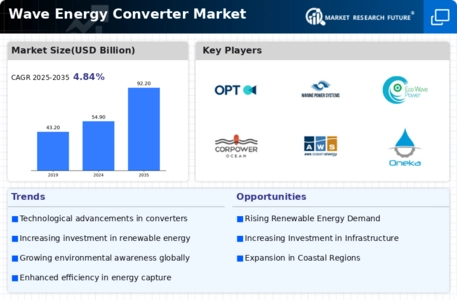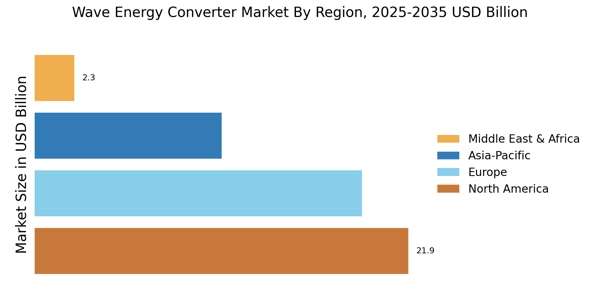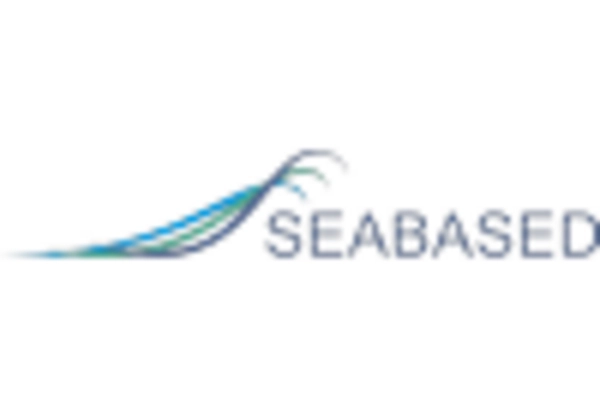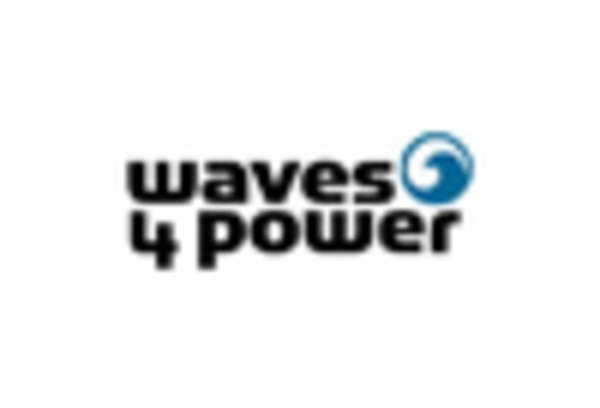Leading market players are investing heavily in research and development in order to expand their product lines, which will help the Wave Energy Converter Market, grow even more. Market participants are also undertaking a variety of strategic activities to expand their footprint, with important market developments including new product launches, contractual agreements, mergers and acquisitions, higher investments, and collaboration with other organizations.
To expand and survive in a more competitive and rising market climate, Wave Energy Converter industry must offer cost-effective items.
Manufacturing locally to minimize operational costs is one of the key business tactics used by manufacturers in the Wave Energy Converter industry to benefit clients and increase the market sector. In recent years, the Wave Energy Converter industry has offered some of the most significant advantages.
Major players in the Wave Energy Converter Market, including Ocean Power Technologies, Marine Power Systems, Eco Wave Powe, SINN Power GmbH, NEMOS GmbH and others, are attempting to increase market demand by investing in research and development operations.
Marine Power Systems (MPS) is a UK-based company that designs and develops wave energy converters (WECs). It founded by Gareth Stockman and Dr. Graham Foster, who set out to create a new type of WEC that could harness the power of ocean waves more efficiently and cost-effectively than existing technologies. It developed a patented technology known as the WaveSub, which is a submerged WEC that uses two floats to capture energy from waves.
The floats are connected to a mechanical system that converts the motion of the waves into electricity, which can be transmitted to the grid. The WaveSub is designed to be scalable and modular, which allows it to be deployed in a range of different environments and wave conditions. In addition to developing the WaveSub technology, MPS has also built a state-of-the-art testing facility in South Wales, UK.
SINN Power GmbH is a German renewable energy company that specializes in developing and producing wave energy converters (WECs). It based on the principle of oscillating water columns (OWCs), which convert the energy of ocean waves into electricity. Its WECs consist of a hollow structure that is partially submerged in the water. As waves enter the structure, they compress the air inside, which drives a turbine that generates electricity.
The technology is designed to be modular and scalable, which allows it to be adapted to different wave conditions and environments. In addition to developing its WEC technology, SINN Power has also established a testing facility on the Greek island of Crete, where it has deployed a number of WEC prototypes. The facility allows it to test and validate its technology under real-world conditions and to optimize its performance.


















Leave a Comment